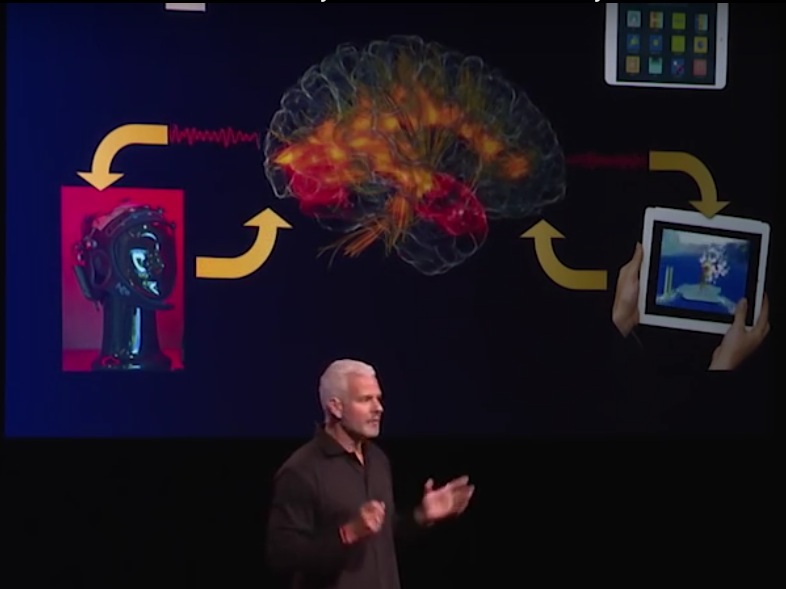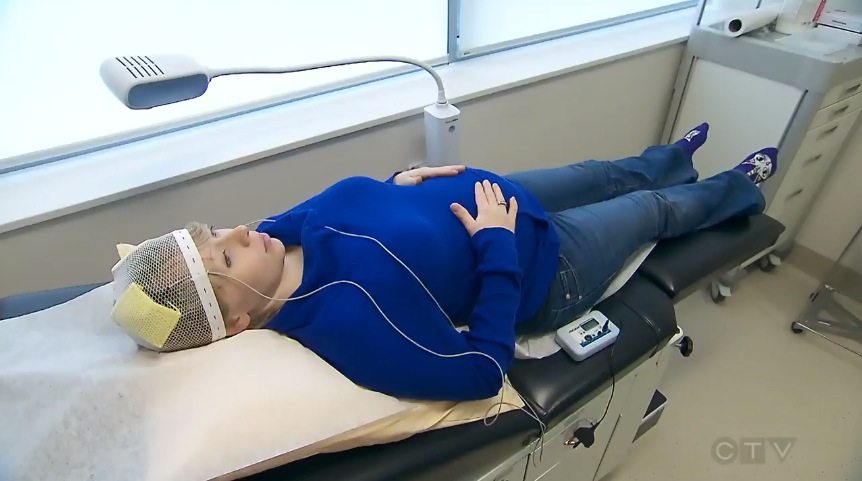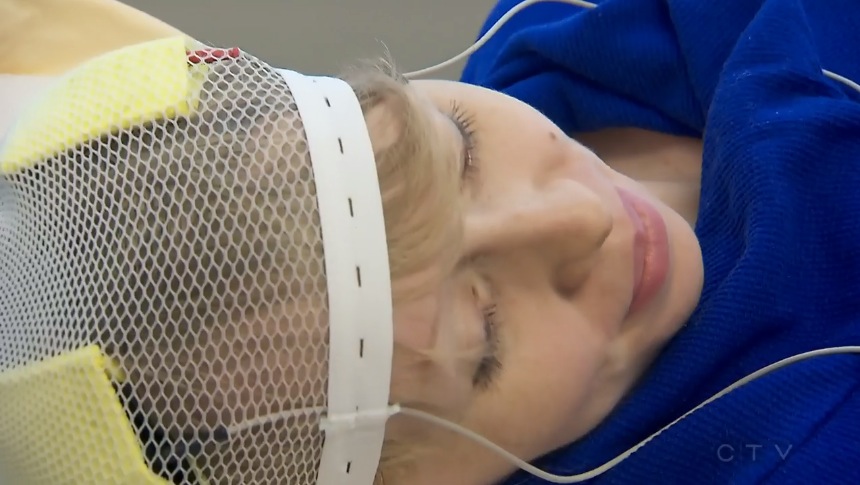
Adam Gazzaley TedX Sonoma 2015
We’ve covered Dr. Adam Gazzaley director of the Gazzaley Lab at UCSF previously so I was excited to see he was being interviewed for one of my favorite podcasts, ShrinkrapRadio by Dr. David Van Nuys. I’m a big fan of Dr. Dave and have been enjoying his interviews with top psychologists for years. (Especially those with Jungian analysts.) I’ve clipped an excerpt of the interview that deals directly with tDCS and brain stimulation below but I highly recommend checking out the entire episode as it provides an excellent framework for understanding the notion of brain training using technology including video games designed specifically to enhance memory and cognition.
In this clip Dr. Gazzaley lays out what clearly is the near-future of non-invasive brain stimulation… You’re playing a video game that has been optimized to enhance working memory (for example). At the same time your EEG is being monitored for brain activity. According to the EEG data, tDCS (tACS, tRNS etc) is activated for the purpose of enhancing activity in that region of your brain. As your game accuracy increases, the game adapts to increase difficulty to an optimum training level. Loop!
Here’s a 2 minute clip from Dr. Dave’s interview with Adam Gazzaley
Dr. Gazzaley’s (@adamgazz co-founder with @EddieMartucci) company, Akili (@AkiliLabs), just announced (1/22/16) $30.5 million in funding. Interesting, Akili is part of the PureTech (@PureTechH) family of companies we covered recently (Tal Medical).
A few of Dr. Gazzaley’s papers you might find interesting.
Video game training enhances cognitive control in older adults Nature (pdf)
Effects of noninvasive brain stimulation on cognitive function in healthy aging and Alzheimer’s disease: a systematic review and meta-analysis. (pdf)
Dr Gazzaley’s (Nov 2015) Ted Talk


